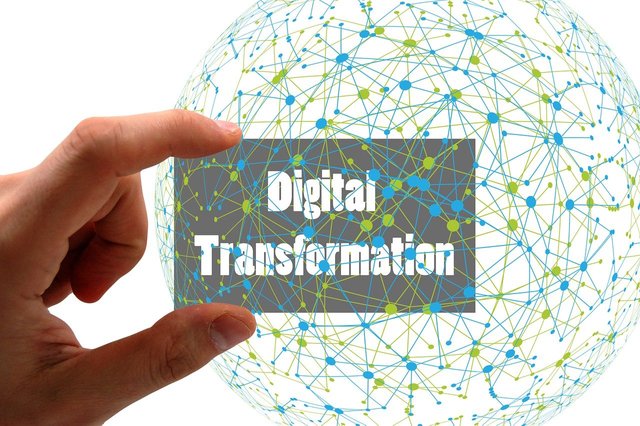Bridging the Gap Between Traditional Enterprises and Web3 Technology
Web3 continues to innovate, and it has become a need for companies to link this new decentralized paradigm with formal enterprises. In a sense, Web3 has a lot to offer through its innovations such as blockchain, smart contracting, and tokenization. These technologies would lead to improved efficiency, transparency, and empowerment of users for business processes. There are, however, barriers to the uptake of such technologies, including knowledge gaps, infrastructure incompatibilities, and regulatory uncertainty.
Education has opened major doors for that bridging process. For many companies, Web3 concepts are where knowledge is really lacking, and the benefits they could offer aren't yet perceived. Workshops, case studies, and pilot programs could really help people understand applications of concepts of Web3 in supply chain transparency, digital identity, or financial automation. Other methods could include simplifying the technology and presenting them with user-friendly tools.

Interoperability solutions are another major area. Existing systems are installed so as to depend on centralized databases and proprietary software, which do not really mix with the decentralized protocols. Hybrid models, middleware solutions, and enterprise-friendly blockchain platforms such as Hyperledger or Polygon may contribute towards making the linkage between Web3 technology and infrastructure.
Regulatory clarity is also highly important. Businesses are not so much open to venturing into a hazy legal framework. In fact, this would need collaboration between the policymakers of the country and the innovator of Web3 to set the legal framework that accommodates innovation alongside compliance.
~ Regards,
VEIGO (Community Mod)


Upvoted! Thank you for supporting witness @jswit.